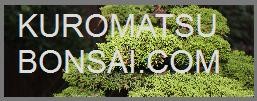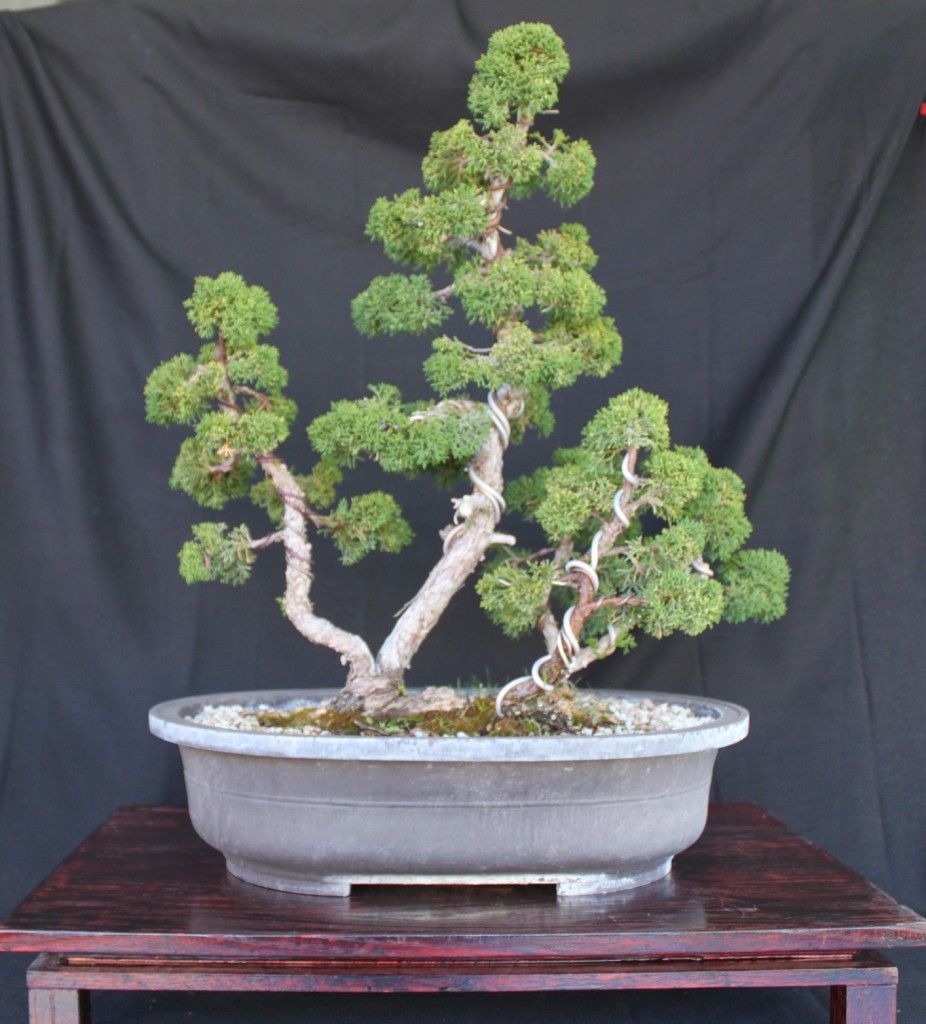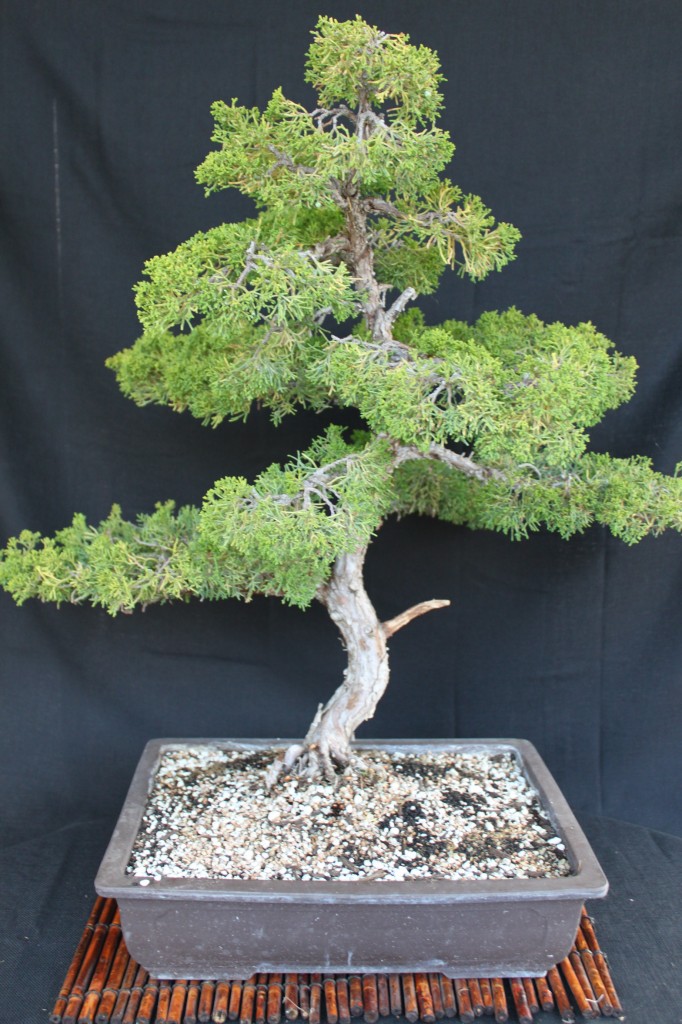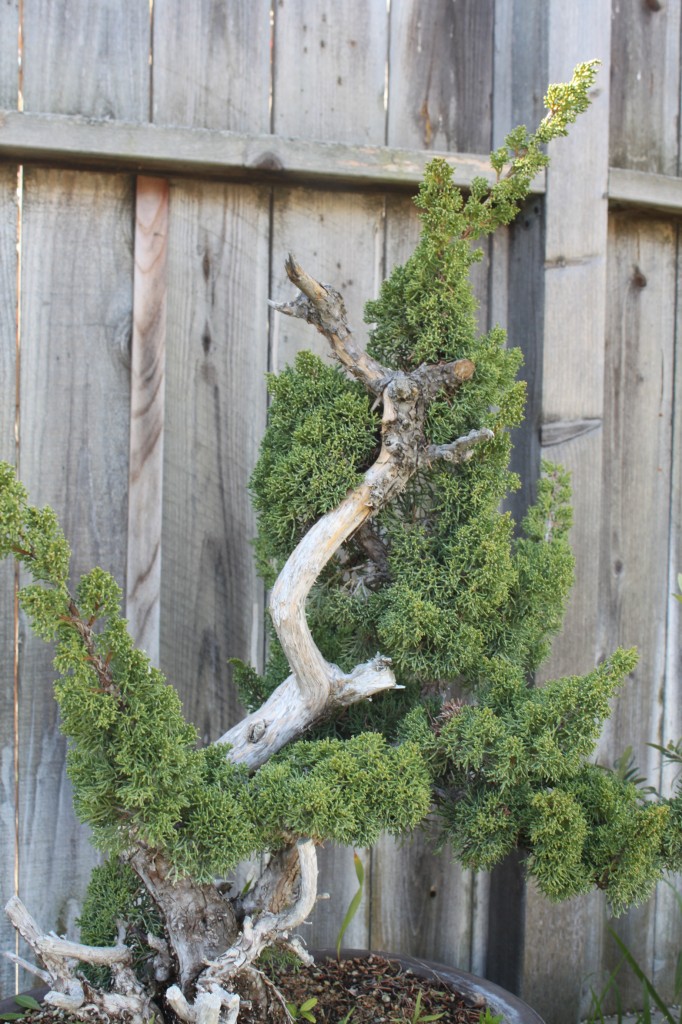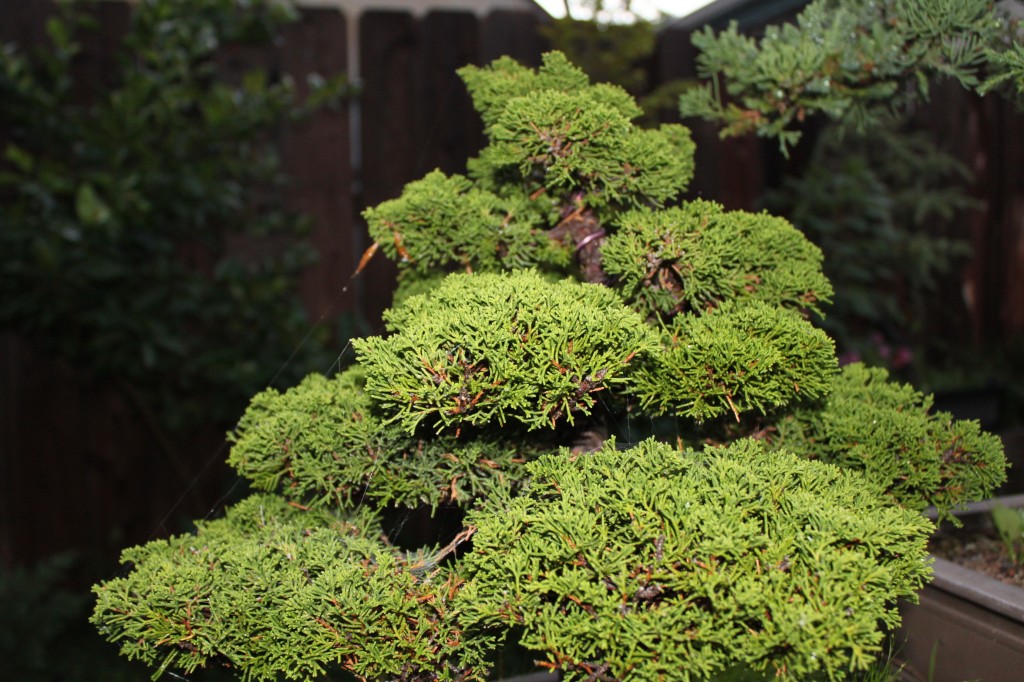Shimpaku Juniper or Sargent Juniper Bonsai
Sargent Juniper/Shimpaku Juniper
Of all the Junipers used for Juniper bonsai, none is more beautiful than the Sargent Juniper (Juniperus Chinensis “Sargenti”), which is known in Japan as the Shimpaku Juniper. Sargent Juniper bonsai and Shimpaku Juniper bonsai are known the world over for their lush, verdant deep green foliage, and their striking masses of deadwood (called “jin” or “shari” by the Japanese).
Background:
Shimpaku or Sargent Juniper is native to Japan, and is a local variation of Chinese Juniper, Juniperus Chinensis. Variations of this Juniper can also be found in the Kurile Islands and on the Sakhalin Penninsula. Unlike other varieties of Chinese Juniper, Shimpaku/Sargent Junipers (the names will be used interchangeably for this article, since they are the same tree) have very compact, scaly foliage, and will only produce needle like growth if they are pruned hard, die back, or are otherwise in distress.
While the Japanese may have been keeping some forms of Chinese Juniper for bonsai since the 1600’s, Juniperus Chinensis “Sargenti” was first identified by botanist Charles Sprague Sargent on Hokkaido in 1892. Sargent was the first director of the Arnold Arboretum at Harvard University, which houses a historically important bonsai collection.
At the time Sargent first identified this juniper to the Western World, the Japanese had already been collecting specimens from the mountains for some thirty to forty years. As the Japanese middle class became wealthier during the Meiji period, having a Shimpaku Juniper bonsai became a powerful status symbol, and collecting specimen junipers from the mountains became an activity not only for professional bonsai collectors, but also for mountaineers and miners looking for a profitable sideline, and speculators looking to earn some quick yen.
The golden age of Shimpaku collecting, if it can be called that, began about 1900, and ended in the 1950’s. These Junipers can take hundreds of years to grow into a shape that produces a pleasing bonsai, and to produce the deadwood jins and sharis that make a world class bonsai. If one is taken from the wild, it cannot be replaced. Bonsai collectors have virtually stripped the mountains of Japan of these Junipers, and several varieties are in danger of becoming extinct. Now in Japan, conservationists are going back into the mountains and planting young junipers to take the place of those that were removed by the collectors.
Where to Get One:
Fortunately, Shimpaku Juniper/Sargent Juniper can easily be grown from cuttings, so they are readily available from bonsai nurseries, and online. However, you will not find a Sargent Juniper /Shimpaku Juniper in a landscape nursery. These junipers are too slow growing to have any commercial value as a landscape plant. You can purchase a rooted cutting for a few dollars, or you can purchase a one gallon specimen for fifty or sixty dollars, or you can purchase a larger specimen grown on a bonsai farm for several hundred dollars. All prices are approximate. Some impressive collected Shimpaku Juniper bonsai specimens occasionally come on the market in Japan, with prices of tens of thousands or hundreds of thousands of dollars.
Once You Have it:
There is really only one major decision to make after you acquire a Shimkapu Juniper or Sargent Juniper for Bonsai: Is it ready to be shaped, or does it need to be fattened up? Sargent/Shimpaku Junipers like oversize pots, and will rapidly fill them with roots (with top growth to match) if given the right combination of soil, light and nutrients.
Siting:
These are outdoor trees. Period. The days of trying to keep a little Juniper bonsai on top of the television set might be over, but don’t try to keep one of these in the greenhouse window in the kitchen either. Shimpaku Juniper bonsai and Sargent Juniper bonsai have to be outdoors, and need about four hours of full sun per day. If you keep them in the shade, they will survive, but growth will be slow, with loose foliage texture. Shimpaku Juniper bonsai/Sargent Juniper bonsai are very cold hardy, and unless your winters include temperatures cold enough to freeze the pots, these trees do not need to be sheltered.
Potting and Soil:
As with all Juniper bonsai, Shimpaku Juniper bonsai and Sargent Juniper bonsai like loose, freely draining soil. The Japanese prefer a mixture of Akadama and river sand, and they typically provide organic matter through fertilizer cakes placed on top of the soil. Growers in other regions may substitute decomposed granite, pumice, construction grade sand, or diatomite for the aggregate portion of the soil. Most growers also prefer to place 20% to 30% organic matter in the soil (such as bark compost) for two reasons. First, the organic matters provide nutrients if the fertilizer runs out; and second, like Pines, Shimpaku Juniper bonsai and Sargent Juniper bonsai need a symbiotic fungus in the soil in order to thrive. The organic matter provides a hosting environment for the fungus.
Potting or repotting of a Shimpaku Juniper bonsai or Sargent Juniper bonsai should be done in early spring. However, in mild climates, such as Southern California, it can be done almost any time between late November and early May.
Styling/Shaping
If you are fortunate enough to have a Shimpaku Juniper or Sargent Juniper with a lot of deadwood or a really thick trunk, then the tree will be driftwood style. Otherwise, the trunk shape will dictate the style. These trees are suitable for any style except broom. They can be pruned throughout the growing season. The foliage can be pinched but do not overdo this or you will have brown tips. They can be wired at almost any time of year. Some growers prefer to wire in the fall and have the tree take a set while it is dormant; others prefer to wire in early spring, and remove the wire later in the growing season before it cuts in. As for styling the deadwood, gentlemen start your power tools. No tree more than the Sargent Juniper bonsai or Shimpaku Juniper bonsai has been cut into, carved and ground to produce deadwood effects.
Final Remarks:
Few things match the sheer power and beauty of an old Shimpaku Juniper bonsai or Sargent Juniper bonsai. Although it is no longer possible to collect one, it is possible to create one using a specimen grown on a bonsai farm, and well worth the time and patience needed.
